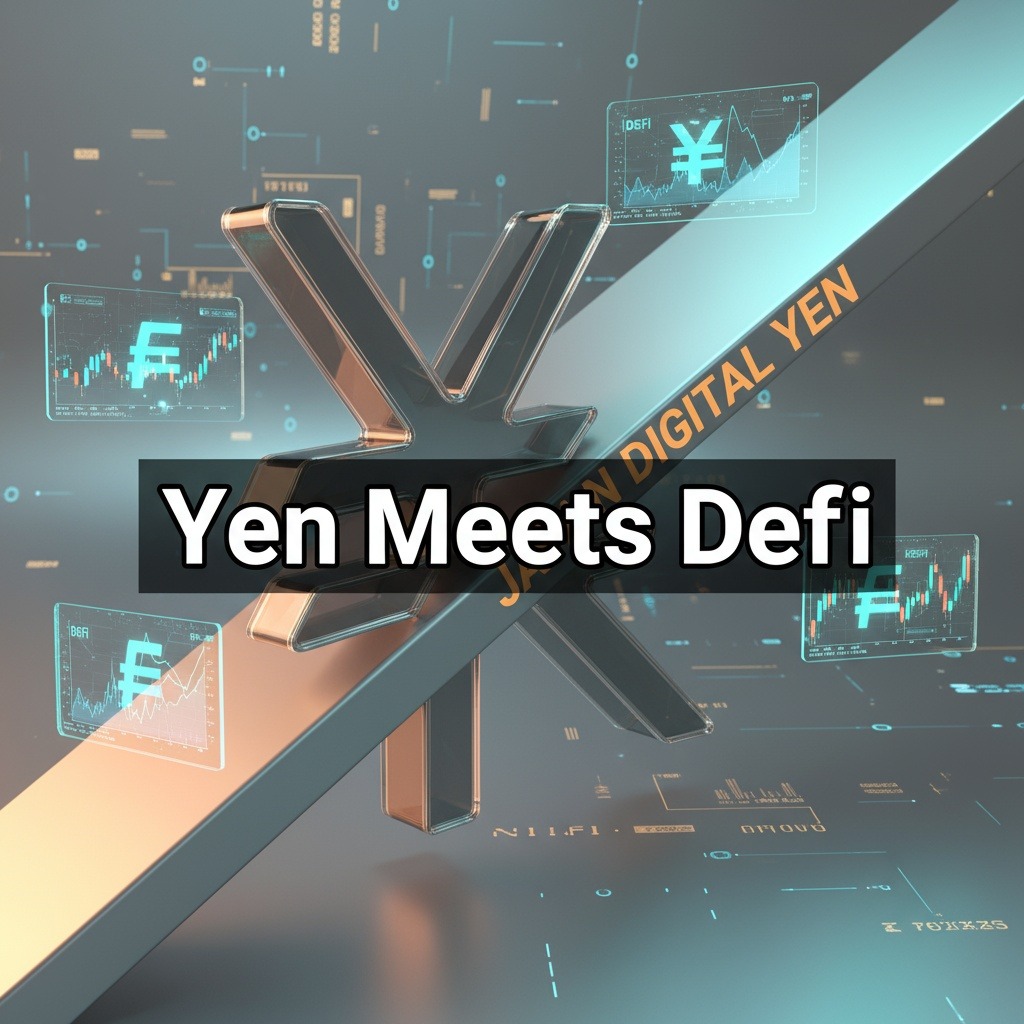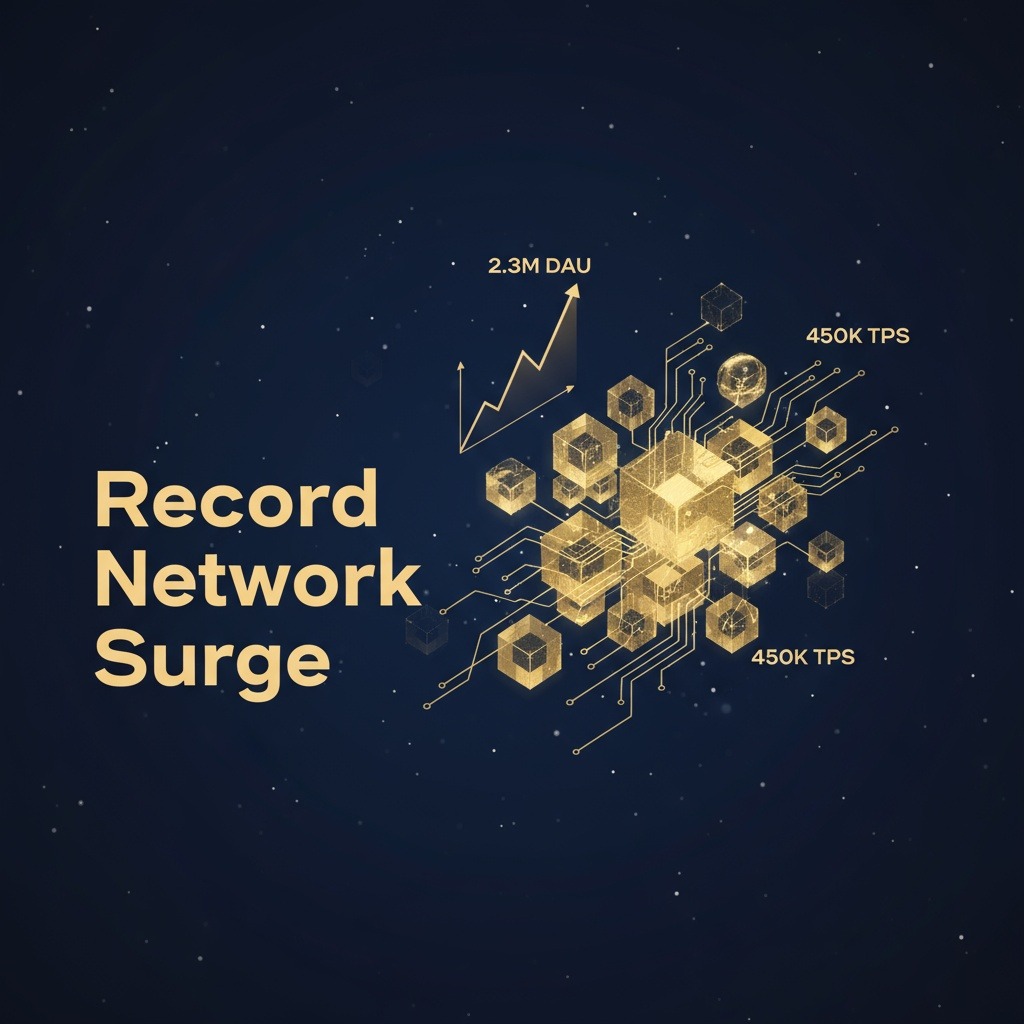As the race for Web3 adoption heats up, there is a growing voice among enthusiasts and organizations advocating for a complete departure from Web2 frameworks. The prevailing sentiment among this group is that to realize the full potential of Web3, all existing Web2 structures must be dismantled. However, this perspective may overlook the practical realities and the benefits of integrating the two ecosystems.
The complexity of Web3 remains a significant barrier to mainstream adoption. Many users find its concepts daunting, leading to hesitance in moving away from familiar Web2 applications. Furthermore, research from Oxford University highlights a striking contradiction known as the “trust paradox.” While blockchain technology promises enhanced trust and transparency, public skepticism about its reliability prevails, creating confusion and disengagement in the broader market.
This prevailing sentiment often leads users to prefer the stability of Web2 services, hindering the broader adoption of Web3 innovations. For the growth of Web3 to gain momentum, developers must not only champion their new technologies but also engage deeply with existing Web2 infrastructure.
Collaboration between Web2 and Web3 is already taking shape, primarily with Web2 giants leading the charge. Financial institutions like PayPal and Visa are starting to incorporate blockchain services, serving to normalize and legitimize cryptocurrency in everyday transactions. Additionally, major cloud service providers like Amazon Web Services and Google Cloud are incorporating Web3 solutions, which helps to create a hybrid landscape where both realms can thrive together.
Web3 developers are encouraged to leverage the strengths of Web2 in their projects. Just as the rollout of 5G technology was supported by existing 4G networks, integrating Web2 processes can facilitate the development of more user-friendly Web3 applications. The focus should be on creating solutions that prioritize accessibility—ensuring a seamless user experience (UX) and adopting human-readable identifiers, which can reduce entry barriers for new users.
Moreover, Web3 proponents should articulate the distinct advantages their technologies offer. This requires moving beyond an insular mindset and demonstrating the practical benefits of Web3 applications to Web2 users. A clear opportunity lies in the potential for synergy between artificial intelligence (AI) and blockchain technologies. By utilizing blockchain to transparently track data used in AI model training, significant disputes over data origin and usability could be mitigated, showcasing a tangible example of how integration can unlock value.
While it may feel counterintuitive for Web3 developers to rely on Web2 systems to build credibility, the potential rewards are substantial. Introducing technology to a mass audience inevitably leads to challenges such as initial bugs or scaling issues. According to Nielsen’s research, involving real users during the testing phase can exponentially increase a product’s chances of success, often by as much as 500%. This underscores the importance of encouraging Web2 users to explore Web3 offerings, as their feedback can refine and enhance the end product.
Discussions focusing on the dichotomy of “Web2 versus Web3” might capture attention, but the reality is that successful companies do not rigidly define themselves by these labels. Whether they are centered on AI, finance, consumer tech, or data management, the goal is to deploy the most effective tools available. In this evolving digital landscape, rather than striving for an either-or scenario, the emphasis should be on collaboration between Web2 and Web3 to foster innovation and engagement.



